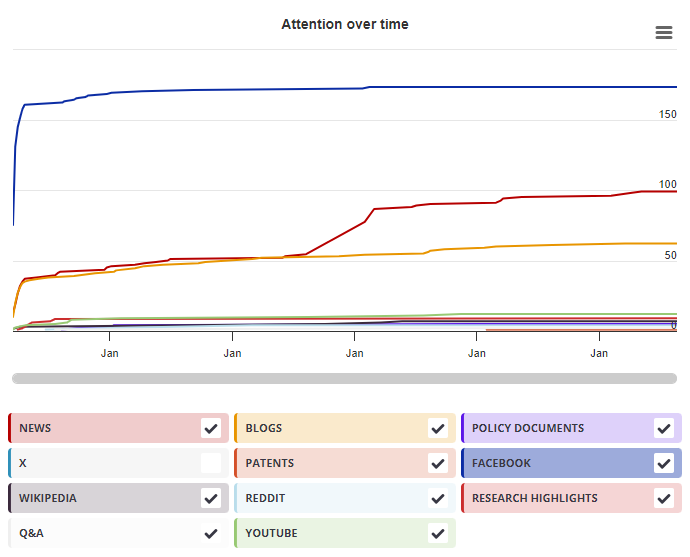Botrytis-induced kinase1 (BIK1), a receptor-like cytoplasmic kinase, plays an important role in resistance against pathogens and insects in Arabidopsis thaliana. However, it remains unknown whether BIK1 functions against Plasmodiophora brassicae, an obligate biotrophic protist that attacks cruciferous plants and induces gall formation on roots. Here, we investigated the potential roles of receptors FLS2, BAK1, and BIK1 in the infection of P. brassicae cruciferous plants. Wild-type plants, fls2, and bak1 mutants showed typical symptom on roots, and the galls were filled with large quantities of resting spores, while bik1 mutant plants exhibited strong resistance to P. brassicae. Compared with that of the wild-type plants, the root hair and cortical infection rate of bik1 mutant were significantly reduced by about 40-50%. A considerable portion of bik1 roots failed to form typical galls. Even if some small galls were formed, they were filled with multinucleate secondary plasmodia. The bik1 plants accumulated less reactive oxygen species (ROS) at infected roots than other mutants and wild-type plants. Exogenous salicylic acid (SA) treatment alleviated the clubroot symptoms in wild-type plants, and the expression of the SA signaling marker gene PR1 was significantly increased in bik1. Both sid2 (salicylic acid induction-deficient 2) and npr1-1 [non-expresser of PR genes that regulate systemic acquired resistance (SAR)] mutants showed increased susceptibility to P. brassicae compared with wild-type plants. These results suggest that the resistance of bik1 to P. brassicae is possibly mediated by SA inducible mechanisms.
